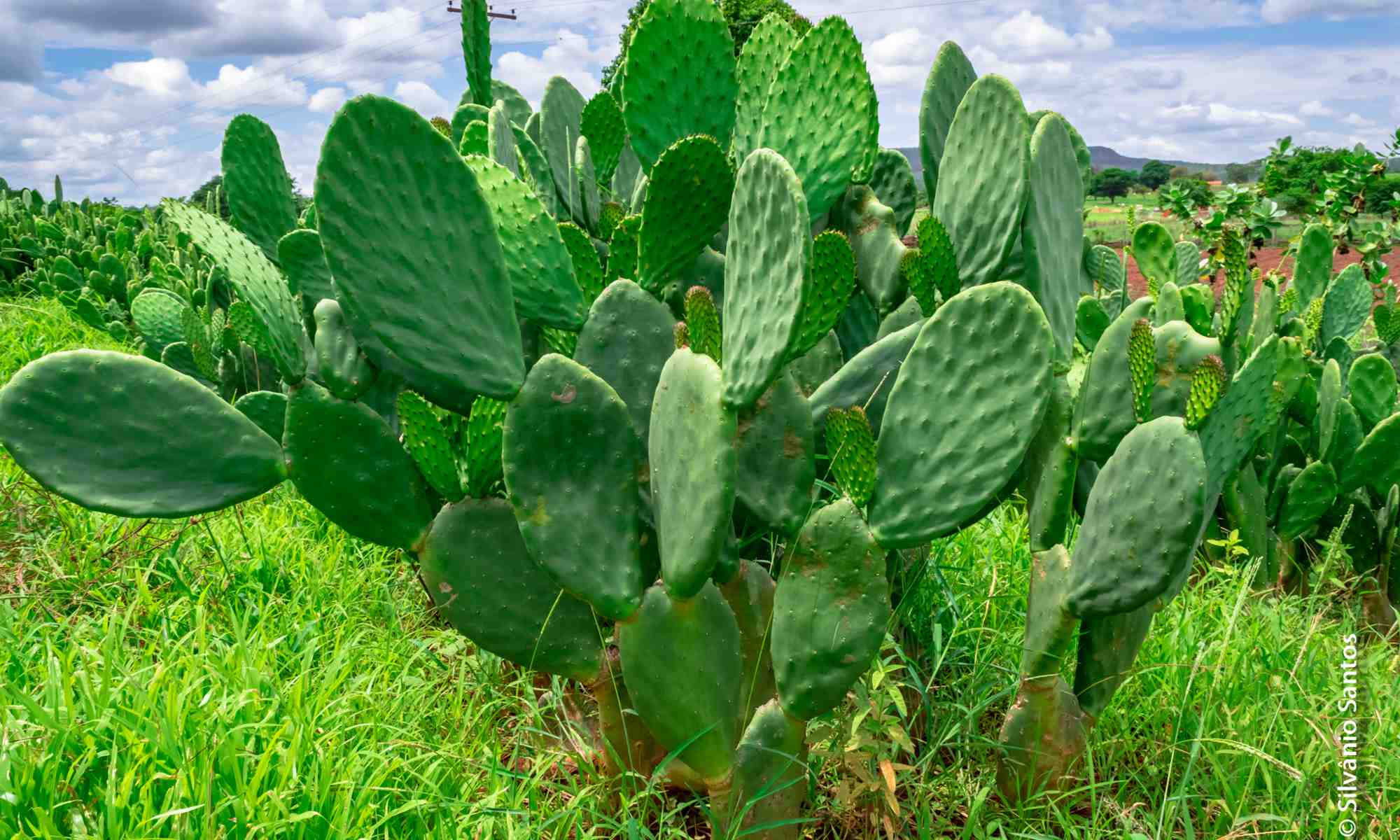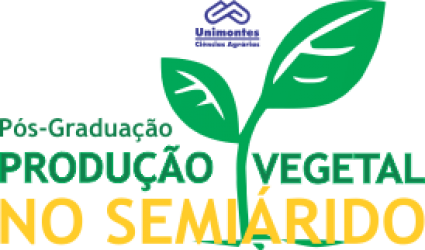- Version
- Download 7
- Tamanho do Arquivo 1.01 MB
- Data de Criação 11/06/2021
- Download
SILVA, Lais Maia e. Progresso temporal e controle da antracnose em banana no semiárido norte mineiro. 2014. 44 p. Dissertação (Mestrado em Produção Vegetal no Semiárido) – Universidade Estadual de Montes Claros, Janaúba, 2014.
A antracnose é uma das principais doenças pós-colheita em bananas. O trabalho teve como objetivos avaliar, durante dez meses, a intensidade da antracnose e o efeito da lavagem e sanitização das frutas no controle da doença na pós-colheita de bananas. O experimento foi realizado de setembro de 2013 a junho de 2014. As coletas dos frutos foram realizadas, mensalmente, em cinco propriedades comerciais localizadas nos municípios de Jaíba, Janaúba e Nova Porteirinha, cultivadas com banana ‘Prata-Anã’. As pencas foram subdivididas em buquês, o delineamento experimental foi o inteiramente casualizado em esquema fatorial e submetidos aos tratamentos: frutos sem a realização da lavagem (testemunha); frutos lavados na propriedade; frutos lavados no laboratório com hipoclorito de sódio a 2%; frutos lavados no laboratório com hipoclorito de sódio a 2%seguido de aplicação com fungicida Imazalil. As avaliações foram realizadas em 10 épocas e os tratamentos repetidos cinco vezes. Após atingir a maturação, avaliou-se a incidência e a severidade da doença. Calculou-se AACPI e AACPS. Os resultados obtidos de intensidade da doença, da AACPI e AACPS foram submetidos à análise de variância e as médias comparadas através do teste de Scott-Knott, a 5% de probabilidade. A maior intensidade de antracnose em bananas no Norte de Minas ocorre nos meses de novembro de 2013 a março de 2014. A menor intensidade ocorre nos meses de setembro e outubro de 2013 e abril a junho de 2014. Nos meses de novembro a março, época de maior intensidade de doença, a lavagem dos frutos com detergente neutro e hipoclorito de sódio a 2% seguida de aplicação do fungicida Imazalil é a técnica mais eficiente de controle.
Palavras-chave: Colletotrichum musae, manejo, incidência, severidade, pós-colheita
Temporal progress and control of the anthracnose on banana in semiarid in the north of Minas Gerais
Anthracnose is one of the major post harvest diseases of bananas. The study aimed to evaluate for ten months the intensity of the anthracnose and the effect of washing and sanitizing of the fruits in the disease control on the post harvest of bananas. The experiment was conducted from September 2013 to June 2014. The samplings of the fruits were held monthly in five commercial properties located in the cities of Jaíba, Janaúba and Nova Porteirinha, cultivated with banana “Prata-Anã”. The bunch of bananas were subdivided into bouquets, the experimental design was entirely randomized in factorial scheme and subjected to the treatments: fruits without the realization of the washing (control); fruits washed in the property; fruits washed in the laboratory with sodium hypochlorite at 2%; fruits washed in the laboratory with sodium hypochlorite followed by 2% Imazalil fungicide application. The evaluations were performed in 10 seasons, and the treatments replicated five times. After they had reached maturation, it was evaluated the severity and incidence of the disease. It was calculated AUCPI and AUCPS. The results obtained intensity of the illness, of the AUCPI and AUCPS, were subjected to analysis of variance and average compared by the Scott-Knott test at 5% of probability. The highest intensity of anthracnose on bananas in North of Minas Gerais occurred in the months of November 2013 to March 2014. The lower intensity occurred in the months of September and October 2013 and April the June 2014. In the months from November to March, period of higher intensity of disease, the washing of the fruits with neutral detergent and sodium hypochlorite to 2% followed by application of Imazalil fungicide is the most efficient control technique.
Keywords: Colletotrichum musae, management, incidence, severity, post harvest

